 With early predictions of a Snowy Owl irruption heading our way and several sightings in Gloucester, I have been periodically popping over to Cranes Beach in Ipswich. Thanks to Bill Foley, Cranes Chief of Police (and Kate’s awesome Dad!), who showed me around and provided some great tips on locating the Snowies, I was able to find one second time out. The first day was a bust because a dog owner had allowed his dog off leash. I watched the dog chase the Snowy, who then headed far and away over the dunes. This made me so very sad for myriad reasons, but especially so at Cranes Beach because there is a fabulously huge area that dogs are allowed off leash. Anyhow, seeing the Snowy that first day, and knowing he was there, was all I needed to keep trying.
With early predictions of a Snowy Owl irruption heading our way and several sightings in Gloucester, I have been periodically popping over to Cranes Beach in Ipswich. Thanks to Bill Foley, Cranes Chief of Police (and Kate’s awesome Dad!), who showed me around and provided some great tips on locating the Snowies, I was able to find one second time out. The first day was a bust because a dog owner had allowed his dog off leash. I watched the dog chase the Snowy, who then headed far and away over the dunes. This made me so very sad for myriad reasons, but especially so at Cranes Beach because there is a fabulously huge area that dogs are allowed off leash. Anyhow, seeing the Snowy that first day, and knowing he was there, was all I needed to keep trying.
Dunlins, Sanderlings, Snow Buntings, and Horned Lark
That day, a flock of Dunlins was resting in the sand, with one lone Sanderling, and there was a small flock of Snow Buntings in the parking lot. Feeding amongst the flock was, what I believe to be, a female Horned Lark! Second day out was wonderfully rewarding. Approaching the stairs to descend to the beach, I inadvertently startled a Snowy and he flew from the area, way, way down the beach, perching on one of the poles that mark the access to the Green Trail. Off I trudged in 15 degree weather, keeping my eyes peeled on where he was resting. He stayed for quite some time while I stood back at a great distance, not wanting to disrupt his hunting. Suddenly, and with what I thought, great bravery, he flew quite close and past me, heading over to the sandy beach. I wasn’t anticipating his flight and didn’t get much of a photo, but it was exquisite to see.
Second day out was wonderfully rewarding. Approaching the stairs to descend to the beach, I inadvertently startled a Snowy and he flew from the area, way, way down the beach, perching on one of the poles that mark the access to the Green Trail. Off I trudged in 15 degree weather, keeping my eyes peeled on where he was resting. He stayed for quite some time while I stood back at a great distance, not wanting to disrupt his hunting. Suddenly, and with what I thought, great bravery, he flew quite close and past me, heading over to the sandy beach. I wasn’t anticipating his flight and didn’t get much of a photo, but it was exquisite to see.

 The temperature had climbed to twenty, but I was getting worried about exposed photo fingers and frostbite. After taking a few more photos and some footage of the Snowy in the sand, I very reluctantly headed home.
The temperature had climbed to twenty, but I was getting worried about exposed photo fingers and frostbite. After taking a few more photos and some footage of the Snowy in the sand, I very reluctantly headed home.
Today I didn’t see the Snowy Owl, but did find a scattering of Snowy feathers in the sand, in the same area where one had been hunting the previous week. I showed the ranger at the gate, Emily White, the feathers and she confirmed they were from a Snowy. She said that hawks and falcons will attack Snowies. I didn’t see any bones or body parts, so hopefully it wasn’t a fight to the death. Emily was super helpful and shared lots of useful information. This year’s Audubon Christmas Bird Count at Cranes was relatively uneventful, with fewer numbers counted than usual. Many more beautiful birds will be arriving to our shores in the coming weeks, foraging in the dunes and shrubby habitat, and hopefully, there will be lots more Snowy Owl sightings! Emily White, Cranes Ranger
Emily White, Cranes Ranger
Song Sparrow eating ripe beach grass seed heads.
Yellow-rumped Warbler winter plumage.
More scenes from the Green Trail
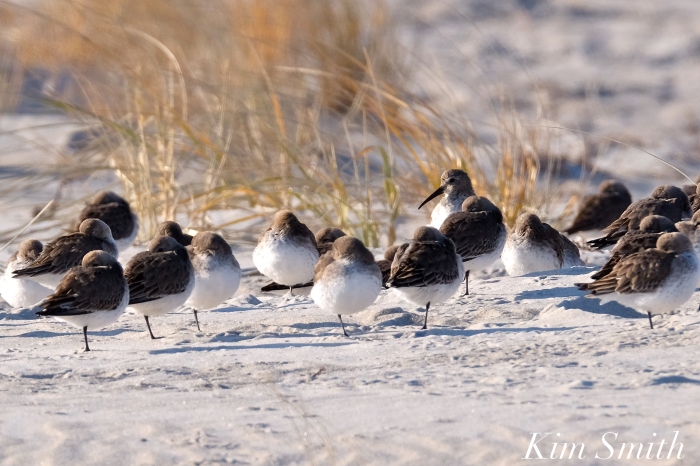

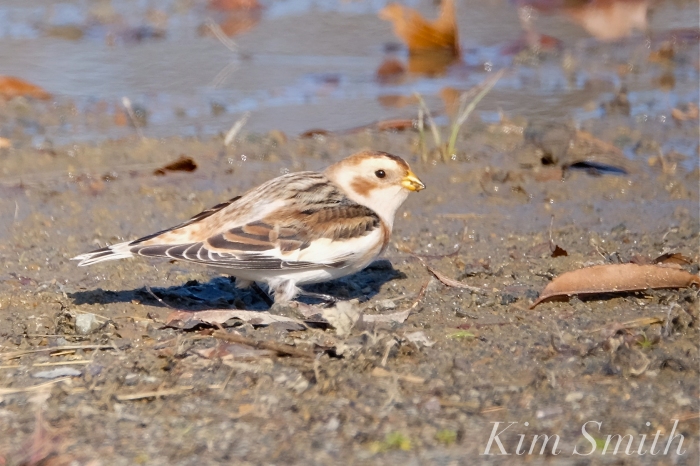

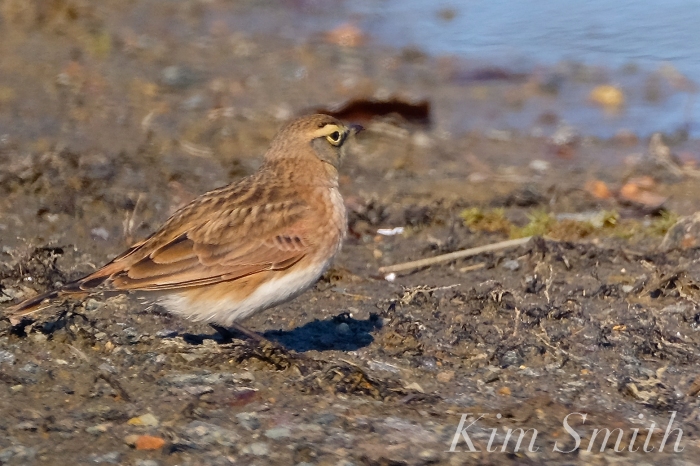


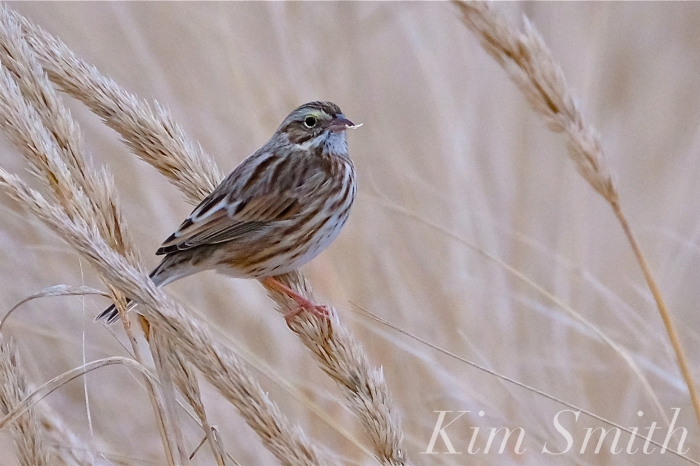
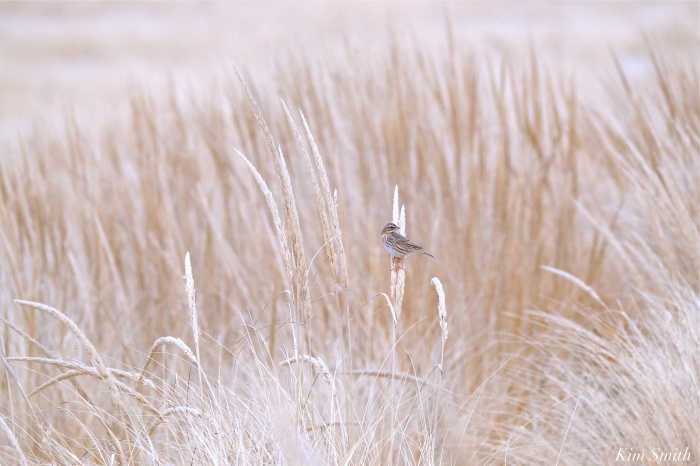
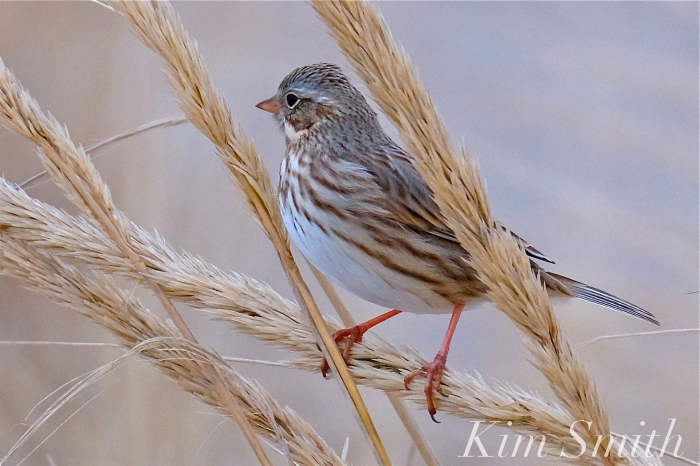

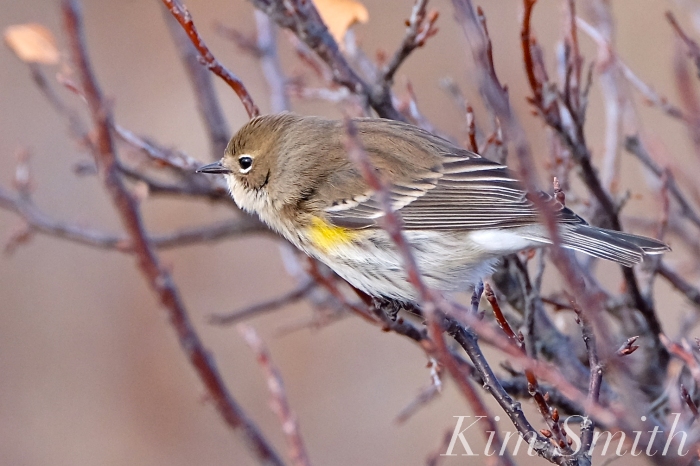
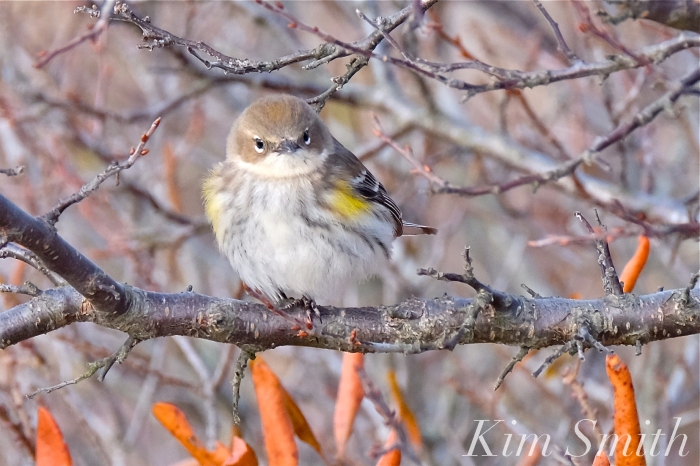

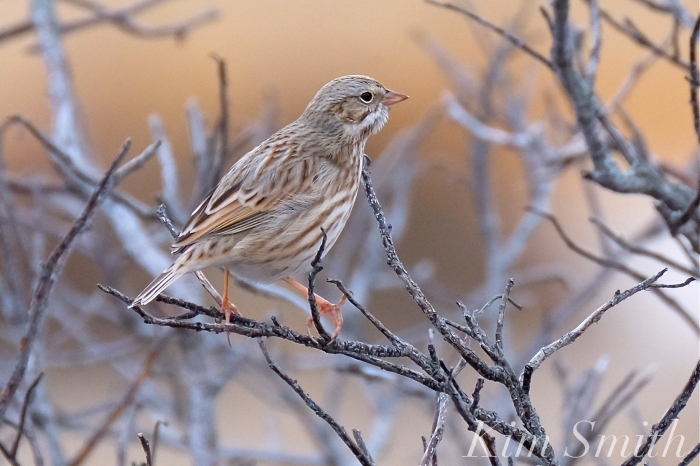
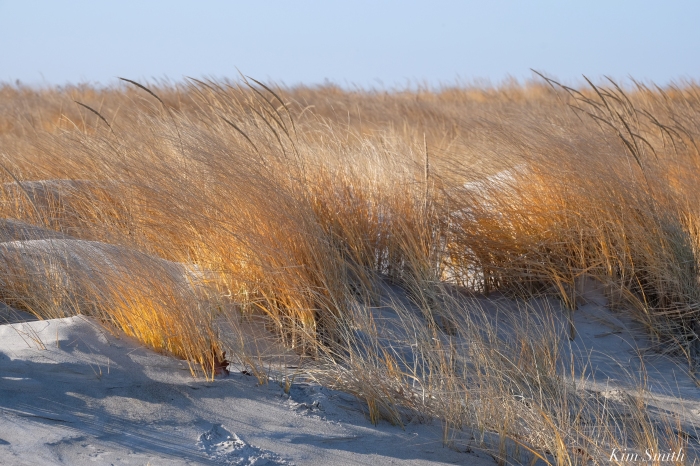
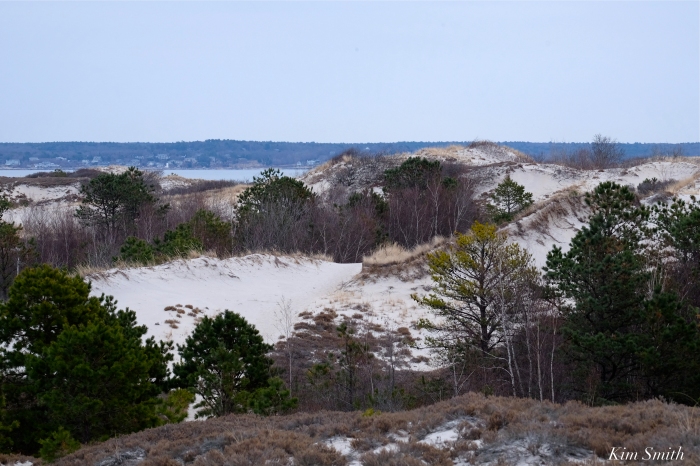


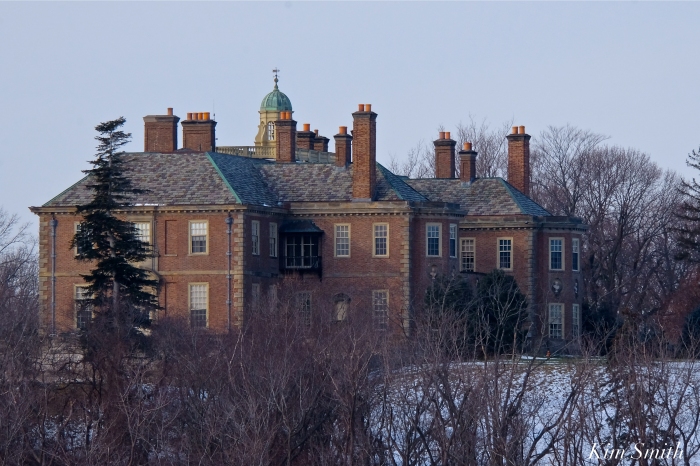


Thank you! Beautiful photos, and since I’m new to the area anad very new to birding, I appreciate the descriptions.
LikeLiked by 1 person
Welcome to Cape Ann Penny! Thank you for your good words 🙂
LikeLike
Kim: Thank you for these beautiful photos. So great of you to get to Crane’s so early on such a cold day.
Gwen
LikeLiked by 1 person
Thank you for your kind comments Gwen 🙂
LikeLike
I was wondering about compatibility with hawks, in particular, as they are abundant around here. Excellent article, as usual, Kim, and thank you for the photos! Will have to take a ride to Crane Beach to see if I get lucky.
LikeLiked by 1 person
Thank you Susan 🙂 I think it was two winters ago that I filmed a Peregrine falcon dive bombing a Snowy at Joey’s dock. The Snowy was hunting for sparrows around the lobster traps that were hauled out (sparrow hangout) The Falcon was relentless in trying to chase the Snowy from his territory. Peregrine Falcons were extirpated from Massachusetts but have made a remarkable comeback, only after DDT was banned.
LikeLiked by 1 person
You know the Snowy Owl in your photos is a femaie. You referred to it as a male. Nice photos.
LikeLiked by 1 person
Hi Robert,
Thank you for writing. The reason I referred to the Snowy as a “he” and not an “it” is because most Snowies that migrate through our region are 5 month old (or first hatch year) males. Some adult male and female Snowy Owls migrate, as do some young female Snowies, but the majority are juvenile males.
It is difficult at this very young age to tell the males from the females; some juvenile males show a great deal of barring and coloring and some don’t. The male Snowy Owl does not become completely white until at least three years of age, and even then there is some variation.
If you know differently, please let us know. Thank you again for writing.
LikeLike
If so, then you might consider including that information in the post, because when your audience sees an all white male they might become confused, if they even notice the difference. And compairing this image with one you posted on the dock a year or so ago…this seems much more heavily barred. But you may be correct.
LikeLike